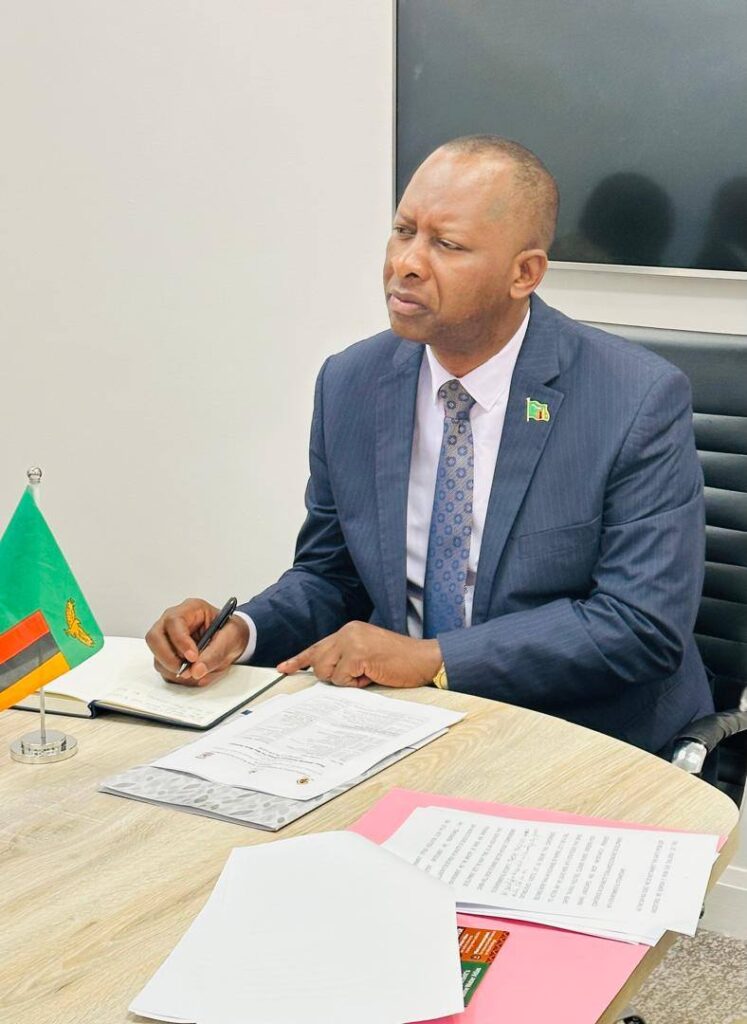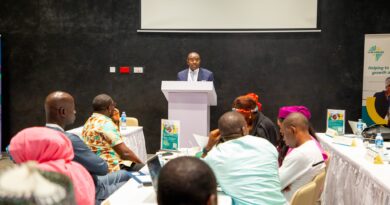Zambia Forecasts Normal to Above-Normal Rainfall for 2025/2026 Season
Zambia is expected to receive normal to above-normal rainfall during the 2025/2026 season, with authorities warning of potential flash floods and urging nationwide preparedness.
Delivering a Ministerial Statement in Parliament, Honourable Mike Elton Mposha said the forecast was informed by a developing La Niña event in the Pacific Ocean and favourable conditions in the Indian Ocean, both of which are likely to enhance moisture inflows into Southern Africa.
“The 2025/2026 rain season is projected to unfold in two distinct phases, with the peak expected between December and February. During this period, the entire country is likely to experience normal to above-normal rainfall,” Mposha told Parliament.
The forecast, he said, follows advanced modelling and the consensus reached at the 31st Southern Africa Regional Climate Outlook Forum (SARCOF-31), hosted in Lusaka in September.
Rainfall is expected to begin earlier in parts of Northwestern, Western, Southern, Lusaka, Luapula, and Northern provinces. However, Muchinga, Eastern, Copperbelt, and parts of Central Province are likely to see a delayed onset, beginning between late November and early December.
The rains are expected to end around mid-March in the southern half of the country, extending into mid-April in the north.
Mposha noted that while the rains would aid national recovery from recent droughts, they also carry risks. “We must prepare for flash floods, an increase in waterborne diseases such as cholera, a surge in malaria, and potential damage to infrastructure,” he said.
He urged farmers to prepare land early, while those in areas with delayed rainfall were advised to wait for consistent rains before planting to avoid crop failure. Health authorities were called upon to enhance disease surveillance and stock essential medicines, while disaster managers were urged to reinforce infrastructure and pre-position relief supplies.
The Minister highlighted significant investment in meteorological services under the New Dawn Government, including the installation of over 200 automatic weather stations, 300 agricultural rainfall stations, and modern observation facilities in every district for the first time.
The government has also trained over 600 agricultural extension officers to ensure weather information reaches smallholder farmers. “For Zambia, weather forecasts are not just academic; they are a vital tool for protecting lives, livelihoods and economic stability,” Mposha stressed.
Mposha called on civic leaders, churches, traditional authorities and communities to play their part in maintaining drainage systems to reduce localised flooding. He encouraged citizens to utilise meteorological products, including daily forecasts, extreme weather alerts, and seasonal updates available via ZNBC, community radio stations, digital platforms, and SMS alerts.
“As a nation, we stand ready to manage the risks and harness the opportunities of the rain season that lies before us,” he concluded, reaffirming government’s commitment to building a climate-resilient Zambia.



